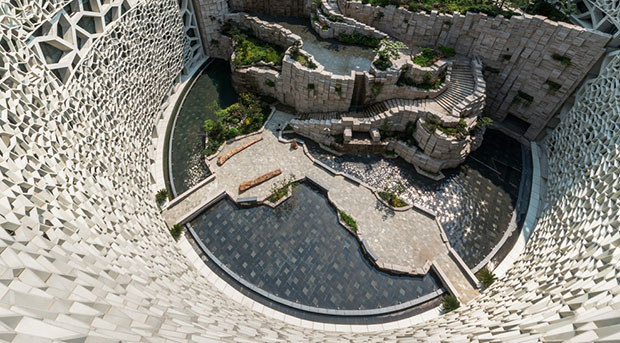
Shanghai's History Museum has an organic form
Glass wall of atrium 'inspired by the cellular structure of plants and animals' say architects Perkins + Will
Around 10,000 artefacts from all seven continents are on display at Shanghai’s new Natural History Museum. This is a far cry from the exhibit numbers at the museum’s previous home. Formerly housed in the former 1920s Shanghai Cotton Exchange building, it could show just one per cent of its collection.
But Perkins+Will’s new 44,500sq-m building gives the curators plenty of room to swing a mummified cat, and any number of other exhibits, for that matter. The acclaimed architects have created 20 times the previous amount of exhibition space over six levels, as well as an outdoor garden for displays and an IMAX cinema for that all important sit down at the end of the afternoon.
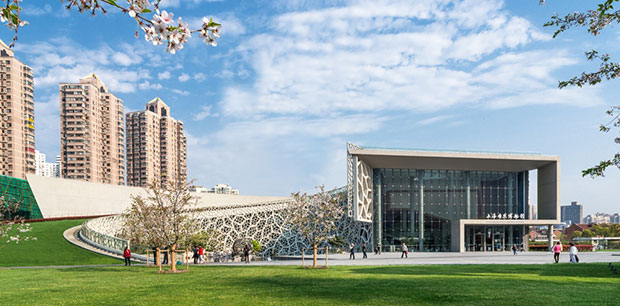
The museum sits in the Jing An District, in the middle of downtown Shanghai, and within the district’s marvellous 30,00sq-m sculpture park.
Much of the action happens around a 30m-tall light-filled atrium, the glass wall of which was “inspired by the cellular structure of plants and animals” according to the architects’ global design director, Ralph Johnson.
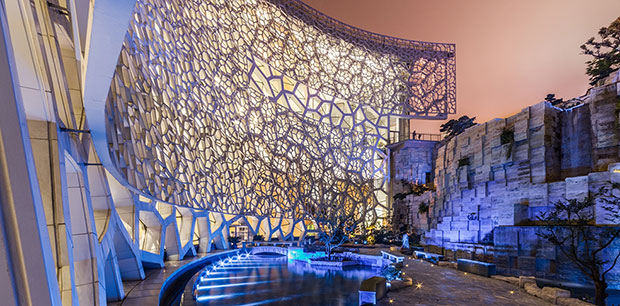
The museum’s contents are not just reflected in the atrium, but each exterior wall is themed, from a living wall to a rock face. Meanwhile, the whole shape of the building was informed by the nautilus shell, “one of the purest geometric forms found in nature”, adds the firm, which has a 40-strong studio in Shanghai, and which is also responsible for the Mary Rose Museum in the UK city of Portsmouth. The shell forms spiral down to create three subterranean levels. There’s also a pond and a rooftop viewing platform over the garden.
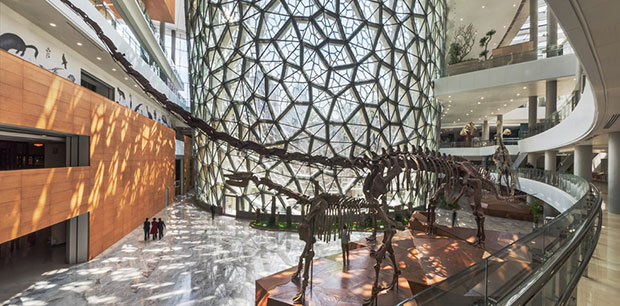
“The use of cultural references found in traditional Chinese gardens was key to the design,” says Johnson. “Through its integration with the site, the building represents the harmony of humanity and nature and is an abstraction of the basic elements of Chinese art and design.”
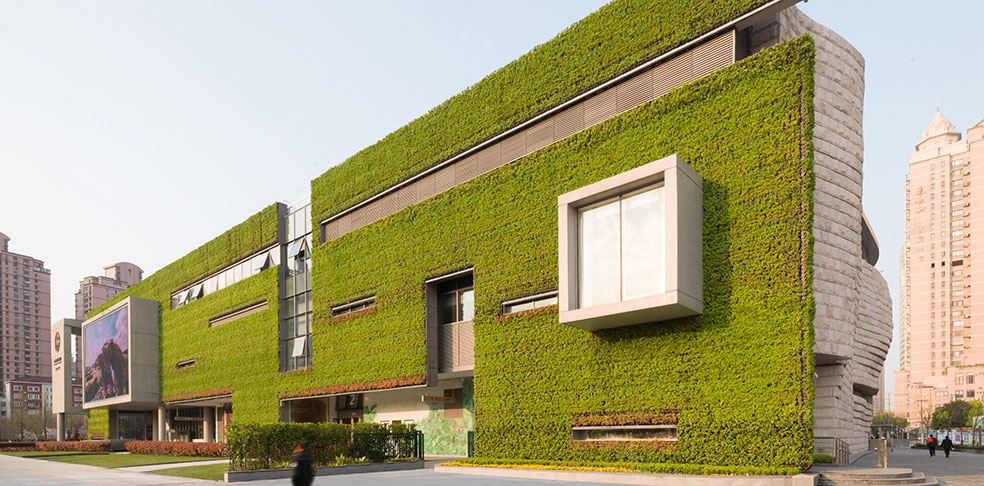
For greater insight into Perkins + Will's buildings, take a look at their practice page on the Phaidon Atlas, our peerless online architecture resource. Not a subscriber? Then sign up here for a free trial.